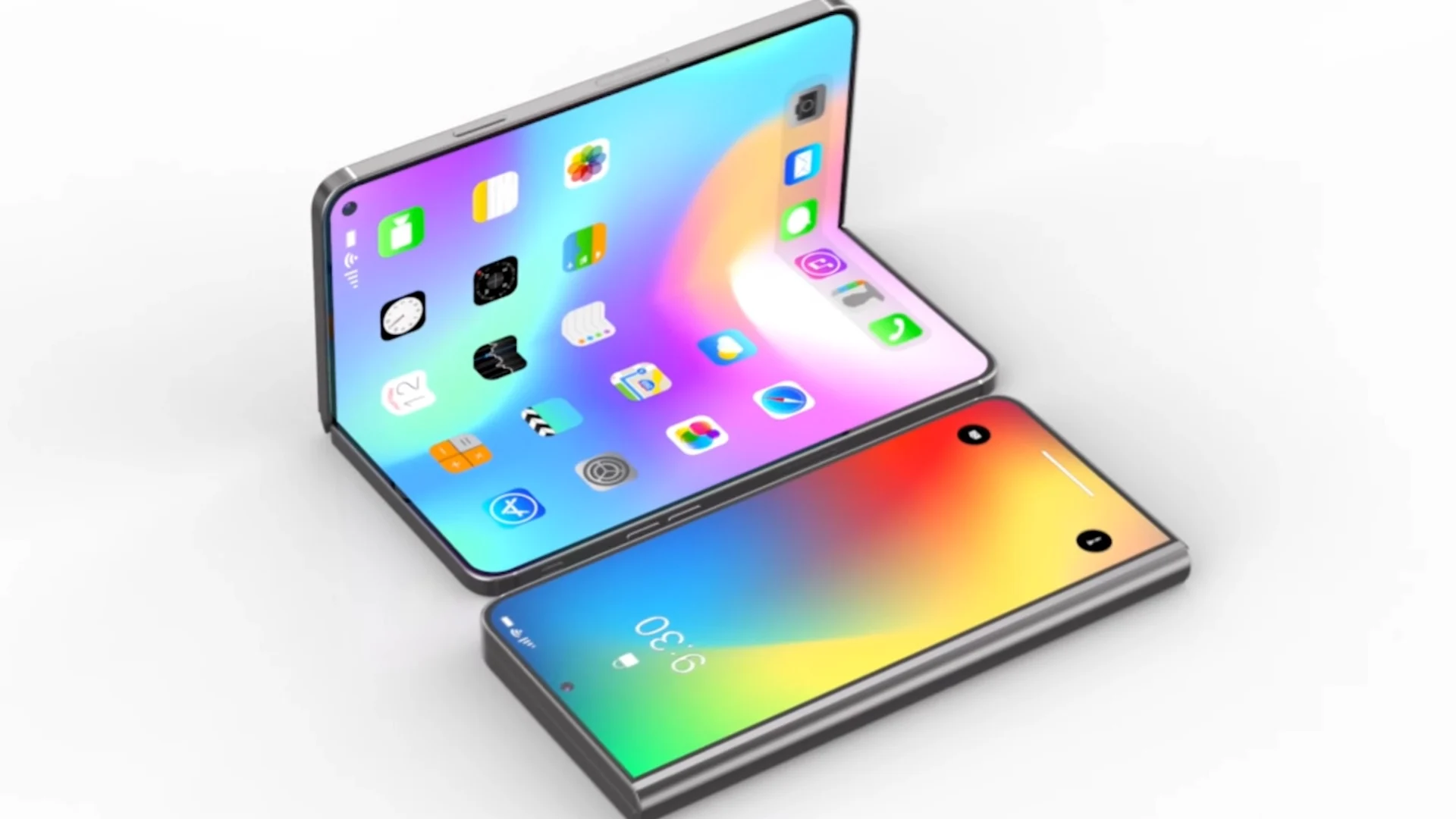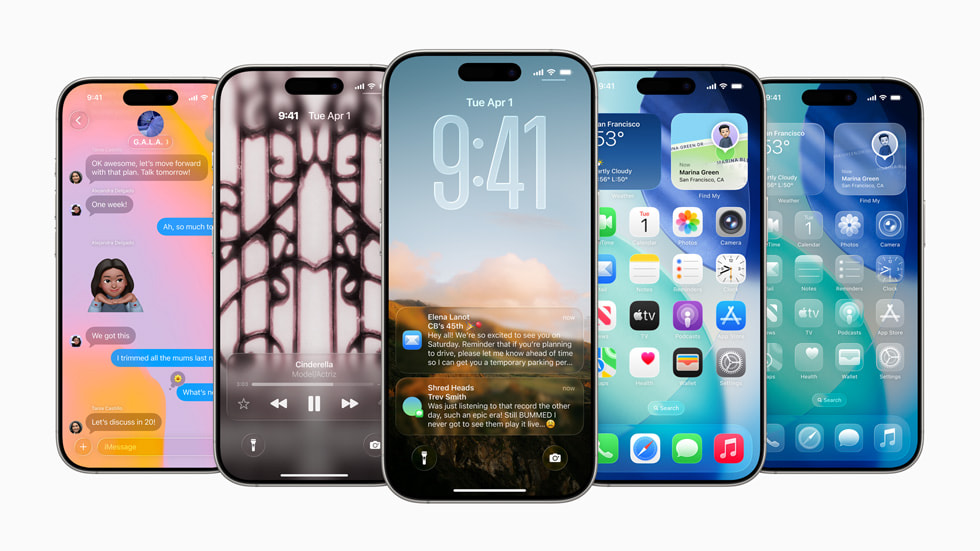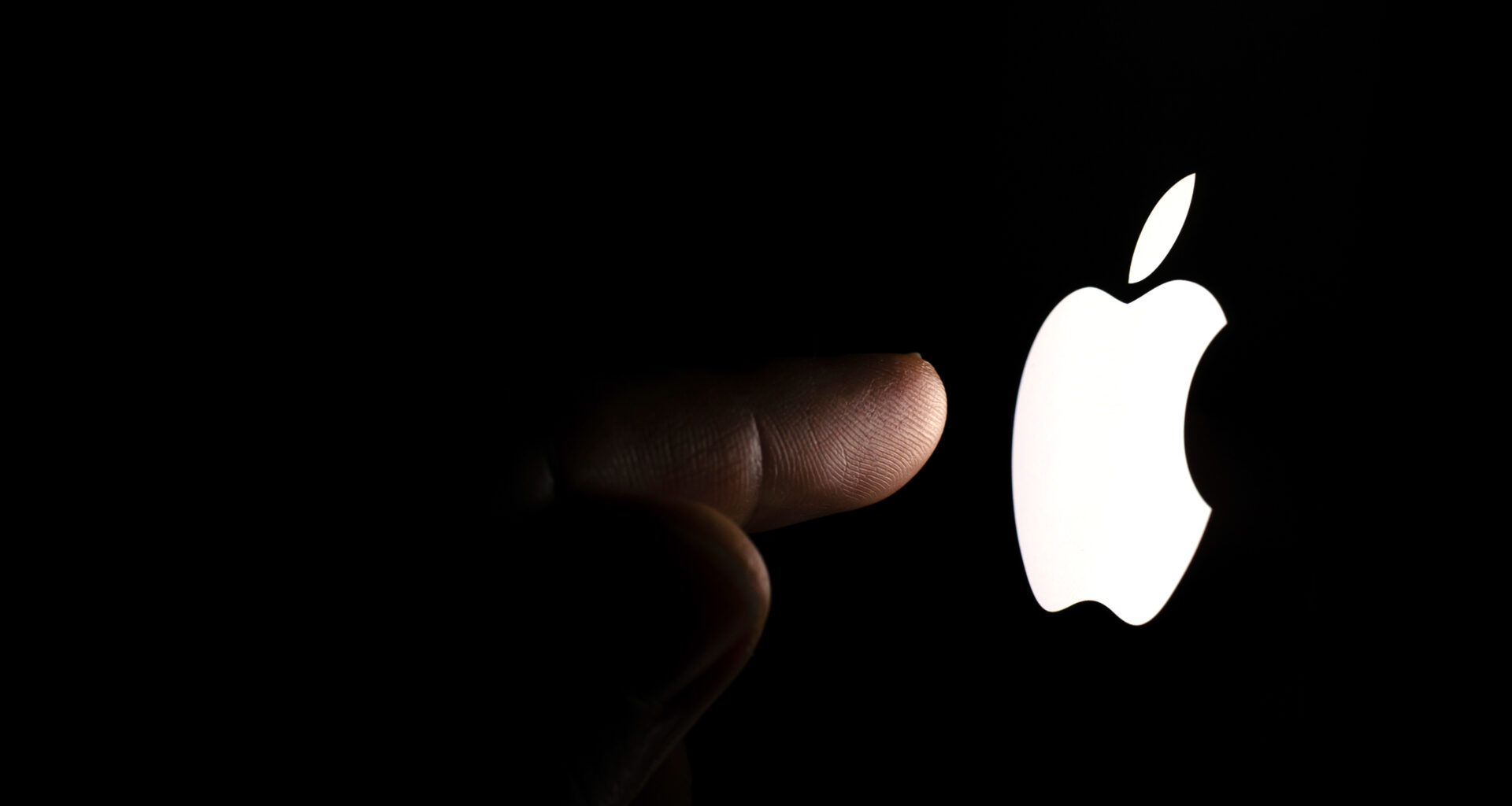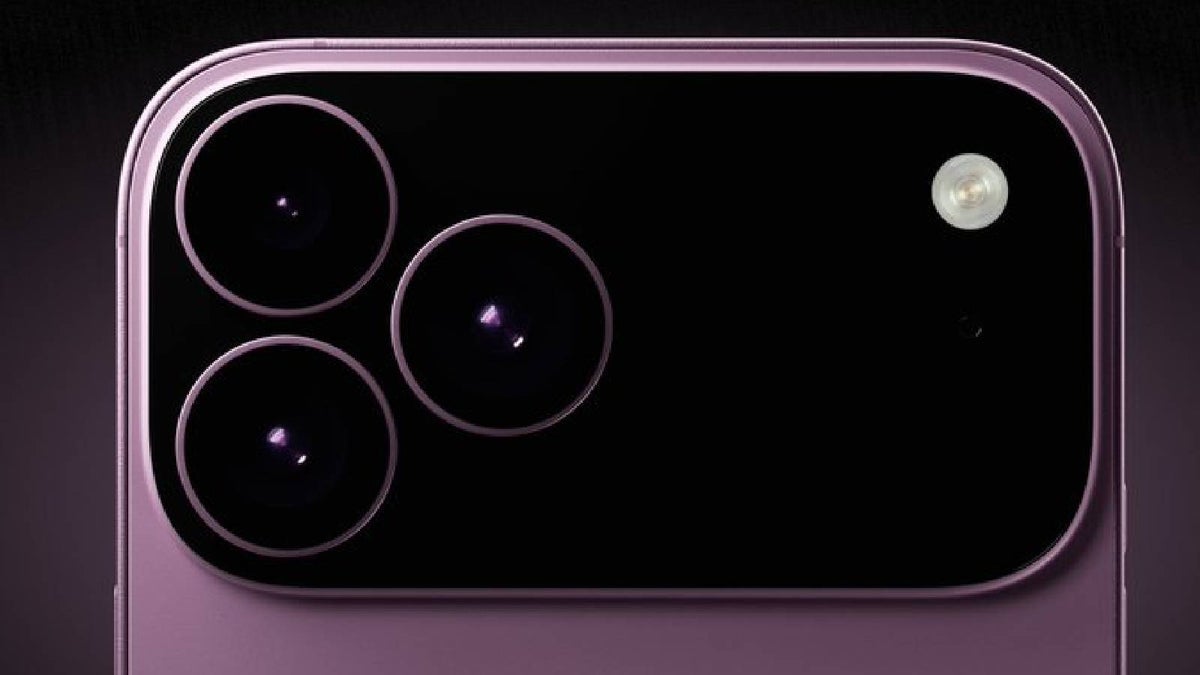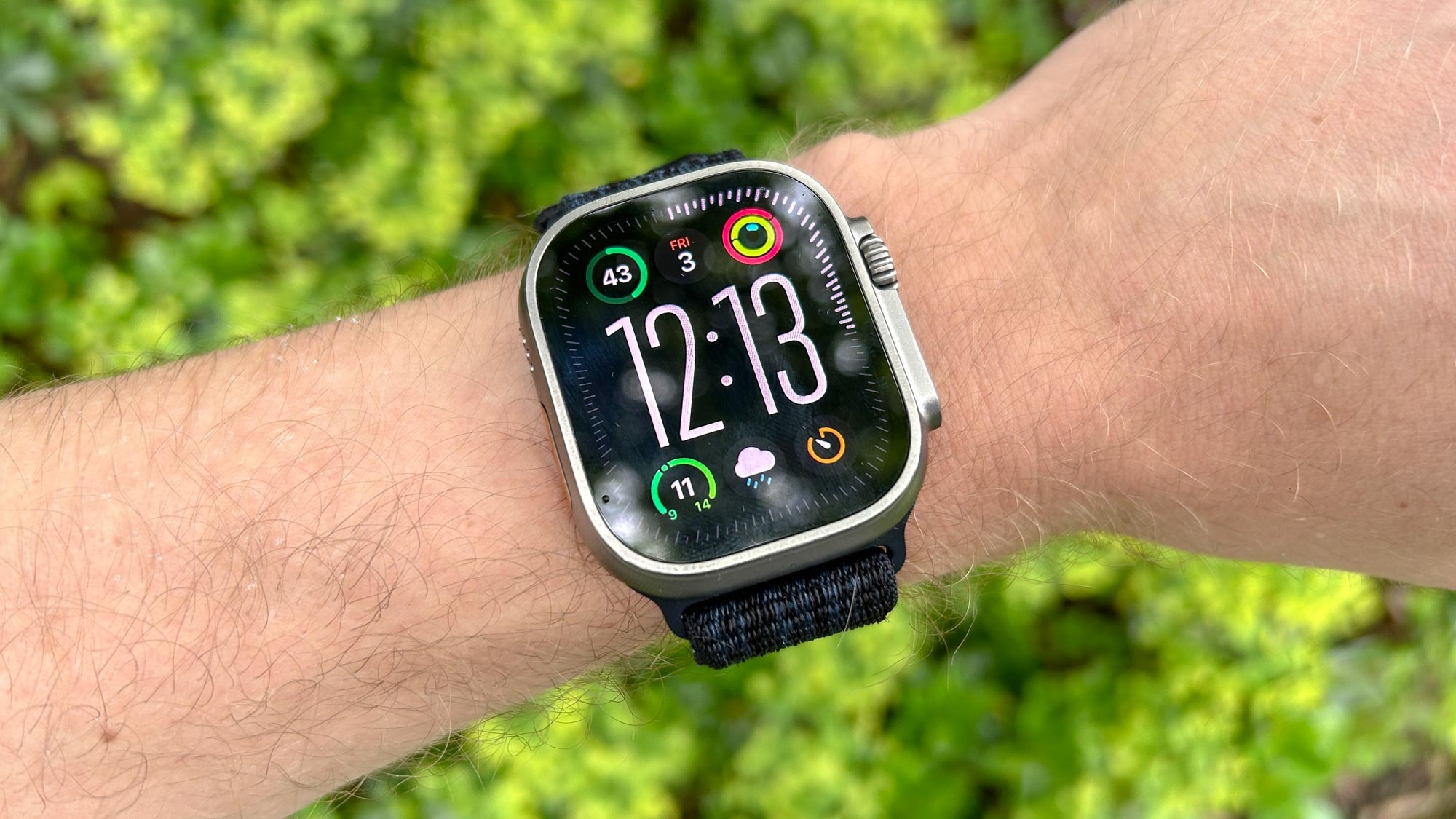Apple is getting closer to making its first foldable iPhone. According to recent reports, Apple plans to start building this new phone in 2025. The company has been working on the design for a while, but now it looks like things are moving forward.
Apple has been testing different designs and screen types to make sure the foldable iPhone will be strong and easy to use. They want the phone to open and close smoothly without breaking. The company is also working with suppliers to get the best materials for the screen and the phone’s body.
The foldable iPhone might be thinner and lighter than other foldable phones we see today. Apple is trying to make sure the phone feels good to hold and is not too heavy. Some rumors say the new phone could have a screen that folds in half, like a book, but nothing is confirmed yet.
If Apple starts making the foldable iPhone in 2025, it could be released later that year or in 2026. Many people are excited to see what Apple will do differently from other companies. For now, we just have to wait and see what the final product will look like, but it’s clear that Apple is serious about joining the foldable phone market.
